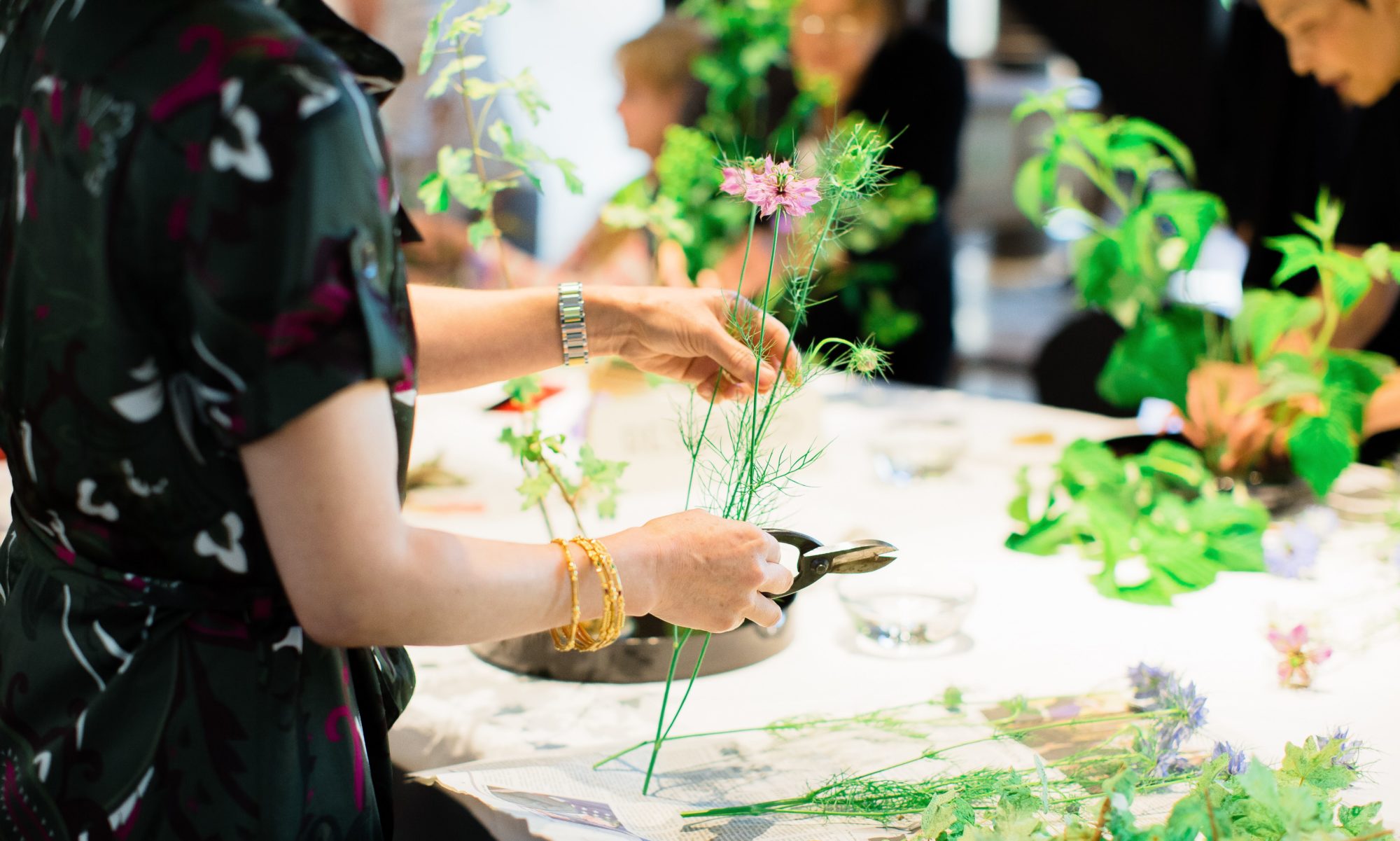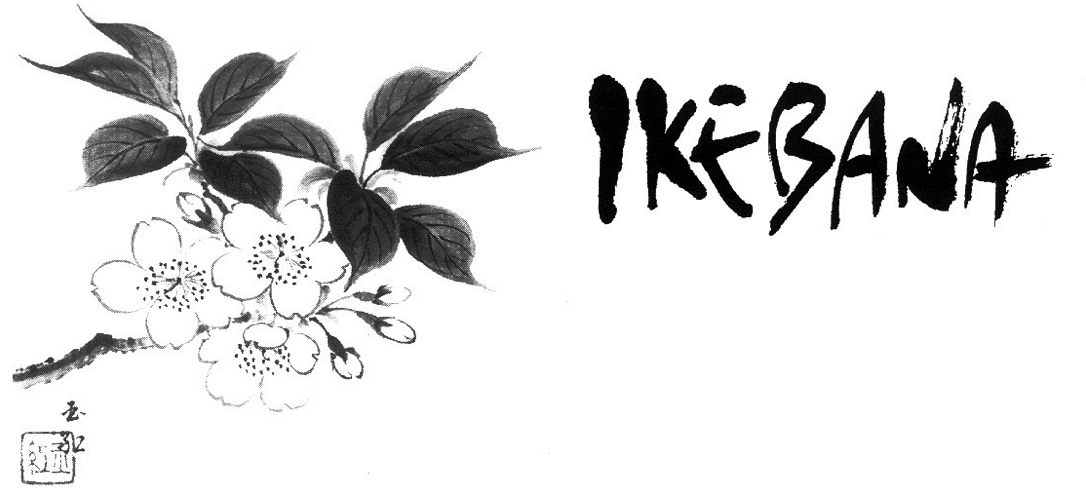According to the Merriam-Webster dictionary, the definition of ikebana is “the Japanese art of flower arranging that emphasizes form and balance.” This definition, however, doesn’t quite capture the true meaning of the original word in Japanese. What does Ikebana really mean?
Ikebana’s Literal Translation
Let’s decompose the Japanese word “Ikebana.” The word is composed of two kanji characters, “生” and “花”. The first character means life, to live, to give life, or to be alive. The second character means flowers.
- Ikebana = “生” + “花”
- “生” = a life, to live, to give life, to be live
- “花” = flowers
Ikebana, in Japanese, literally means “to give a life to flowers.”
More than Flower Arrangement
“To give a life” is, obviously, not merely “to arrange” flowers.
But wait! Flowers in the nature are alive. In order to make Ikebana artwork, you have to cut flowers and branches out of the living plants. Isn’t cutting off of the original plants killing? How can it possibly “give a life”?
In Ikebana, cut flowers and branches are used not to merely mimic the nature.
Just like a painter uses oil paint or watercolor, and like a sculptor uses a block of wood, you use flowers as medium to express yourself. An artist in you, give a new life to the flowers through your creativity. Your life, not the flowers’, is given to the creation.
Combining these flowers and branches, you create something unique and remarkable, something that never existed before. Just as no two persons are the same, no two Ikebana works are the same, even if the same flowers are used.
True Meaning of Ikebana
As you see now, you, who give life, not the flowers, matters in Ikebana. True meaning of Ikebana is not about flowers, but about YOU! YOU, the creator, give a new life to flowers. That is the true meaning of Ikebana.


